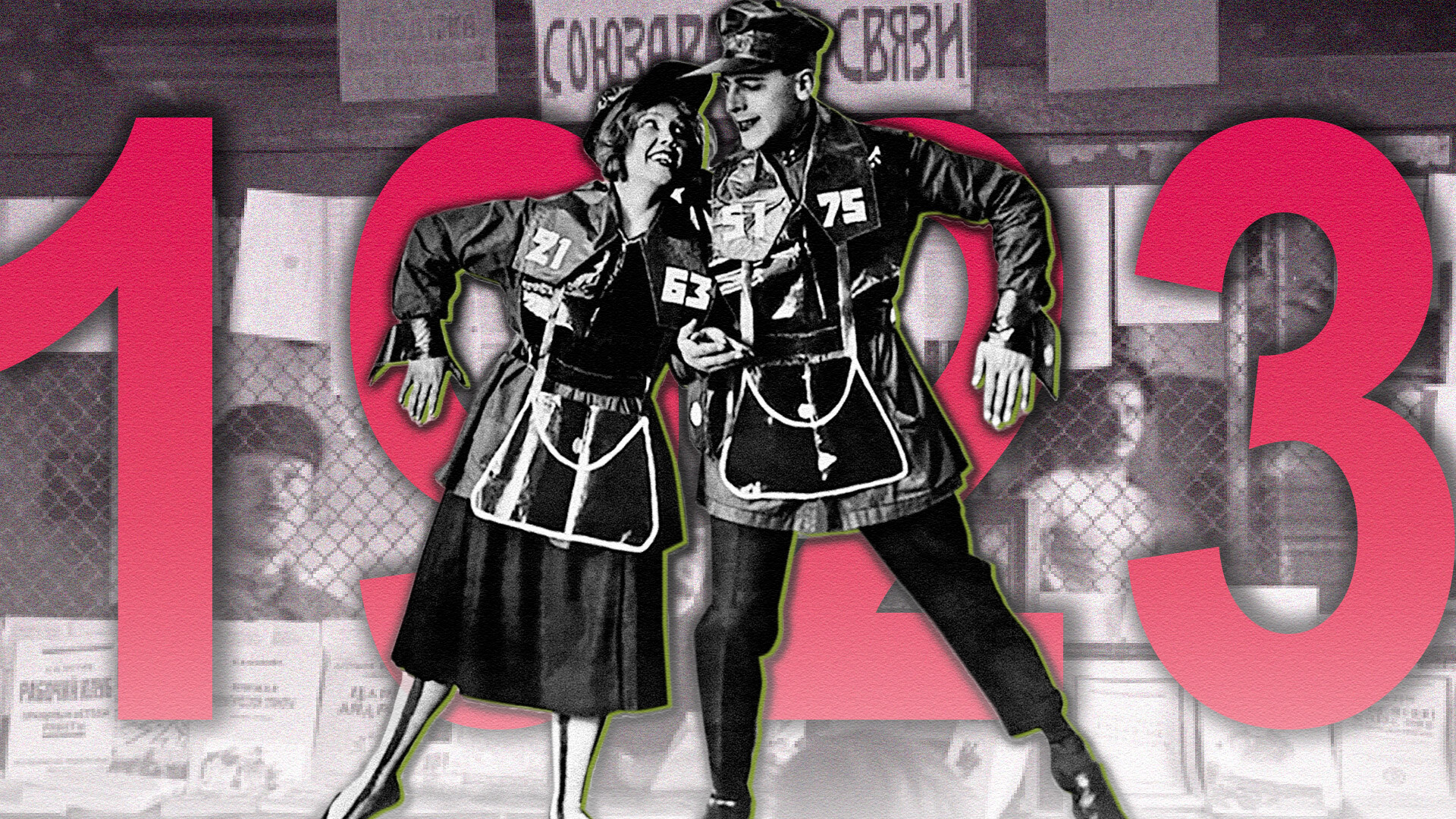
The civil war, that happened after the 1917 Revolution, was over by 1923. Only the last minor confrontations in Siberia and the Far East still remained. That meant that the Bolsheviks had taken all the power in the country.
On December 30, 1922, the USSR was officially formed, which means that this was officially the first year of the new country.
This country included professional unions, power of councils (soviets) that consisted of workers, peasants and soldiers and many other new things, including organized mass manifestations.
Since the previous year, February 23 was officially established as the ‘Red Army Day’ (now it’s still a holiday, called ‘Defender of the Fatherland Day’). Pictured below are cavalry and skiers having fun during the holiday celebrations in Moscow.
The celebration of ‘Red Army Day’ also included a parade, where the students of military units took part, as well.
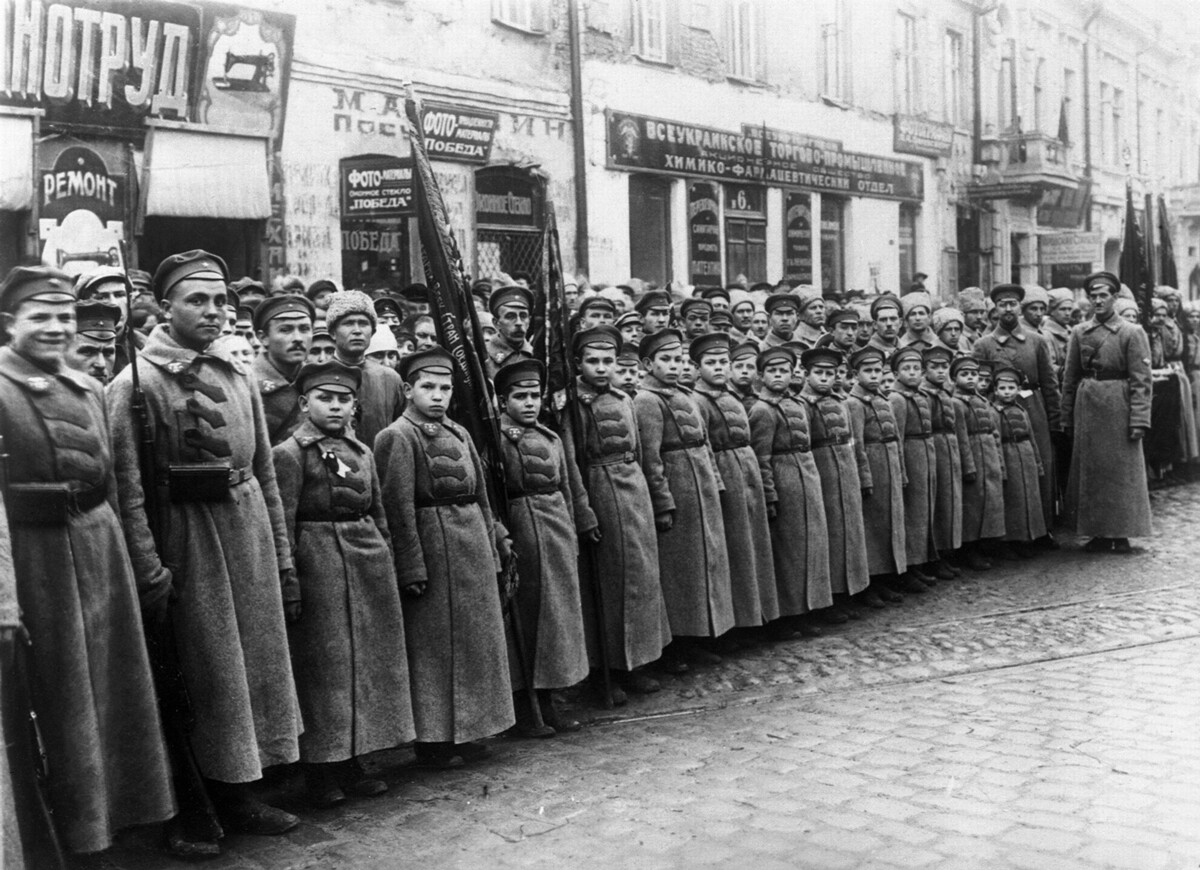
A lot of peasants from around the country volunteered to join the Red Army.
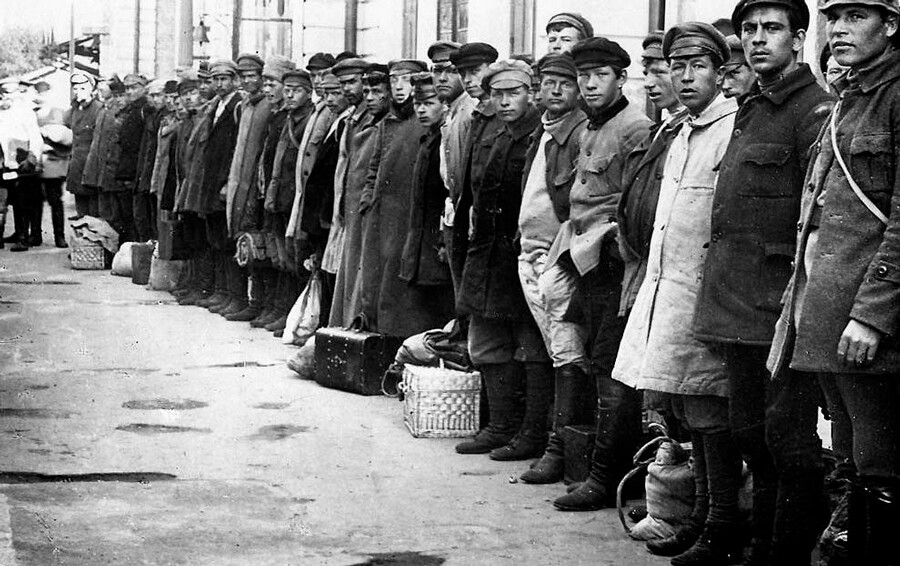
In 1923, proletarian sports society ‘Dynamo’ was formed. It was first of its kind, but then the idea spread around the USSR.
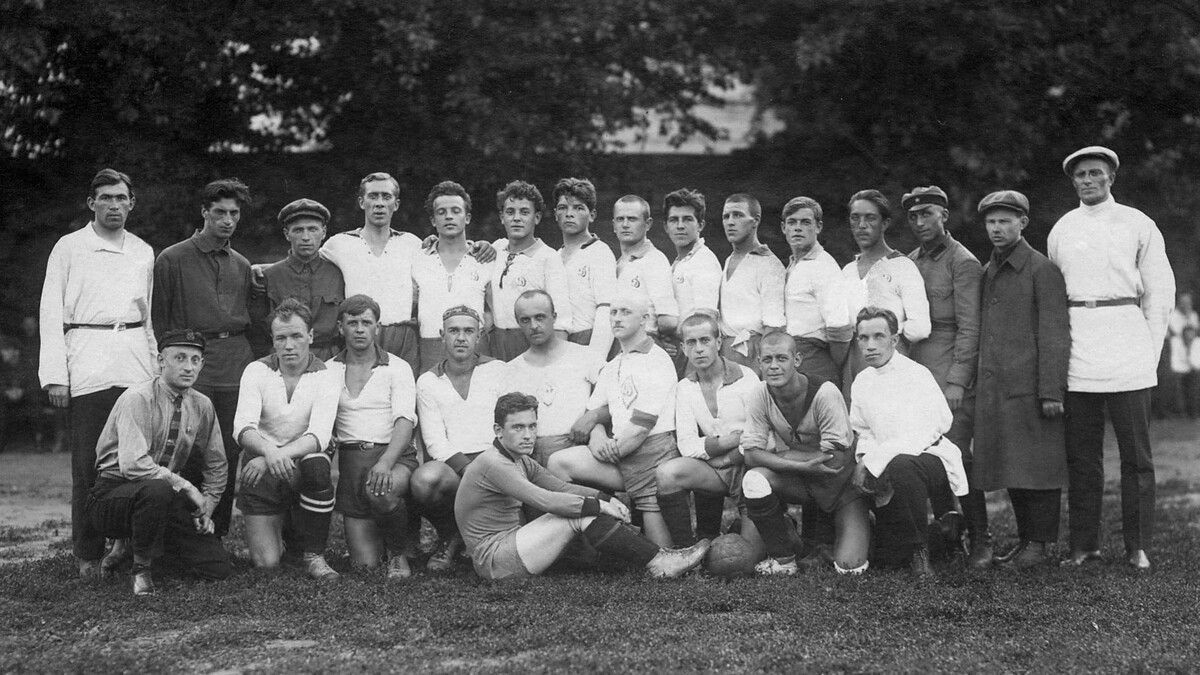
The Bolsheviks arranged many activities to get rid of everything that remained the old regime and tsarist times. From 1919, Bolsheviks were busy with their massive campaign to eliminate illiteracy. They made literacy training obligatory for all citizens between the ages of 8 and 50. Many new schools opened for kids, while adults visited classes within the clubs of workers, for example.
Another Bolshevik mass initiative was the fight against religions and seizure of church treasures.
A special organization called ‘Gokhran’ was established, engaged in the formation, accounting, storage and security of precious metals and precious stones. They were in charge of church valuables and also of Romanovs’ heritage and jewelry.
Some of the priceless treasures were sold abroad. The Bolsheviks justified it by the needs of the country that lacked money after the revolution and civil war.
Gokhran was an attraction for foreign guests from friendly countries that were allowed even to try on a crown of Russian emperors and hold their main symbols of power - the scepter and orb.
However, the economical situation was incredibly complicated and the country began to suffer from poverty and hunger.
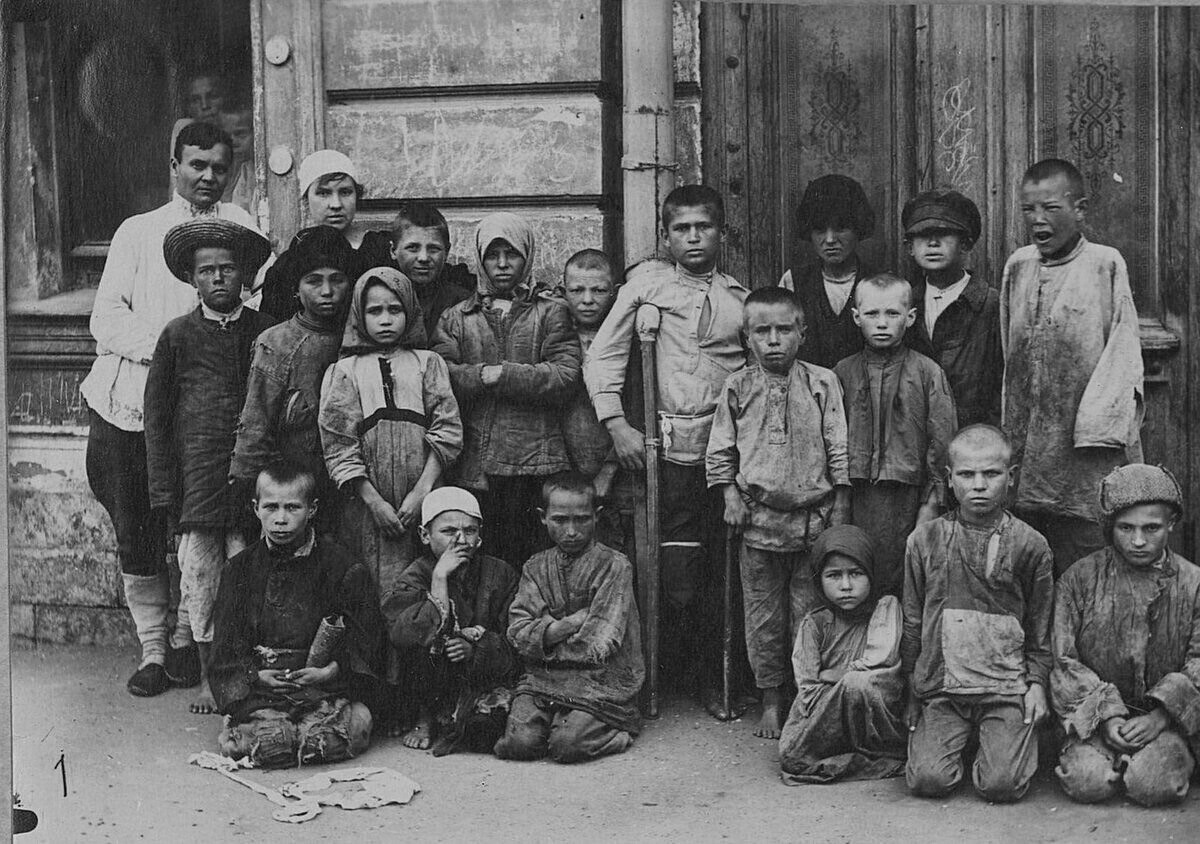
After World War I and the Civil War, lots of children appeared to be in orphanages.
To handle the economic situation, the Bolsheviks took an unexpected step. They reintroduced private enterprise in the sphere of small and medium-sized businesses. These relaxations would go down in history as the ‘New Economic Policy’ (NEP).
Being incredibly alien to communism, the spirit of the NEP era also penetrated into culture, carrying on the traditions of the avant-garde. Artists, designers, musicians and filmmakers all performed daring experiments… Pictured below are members of the avant-garde propaganda group, who performed to tell illiterate people news.
Pictured below are students of the Vkhutemas (Higher Art and Technical Studios), established by the Soviet authorities.
Below, a lady of the NEP time poses for a photograph.
Former noblemen sometimes had to sell all their belongings and even clothes to buy food.
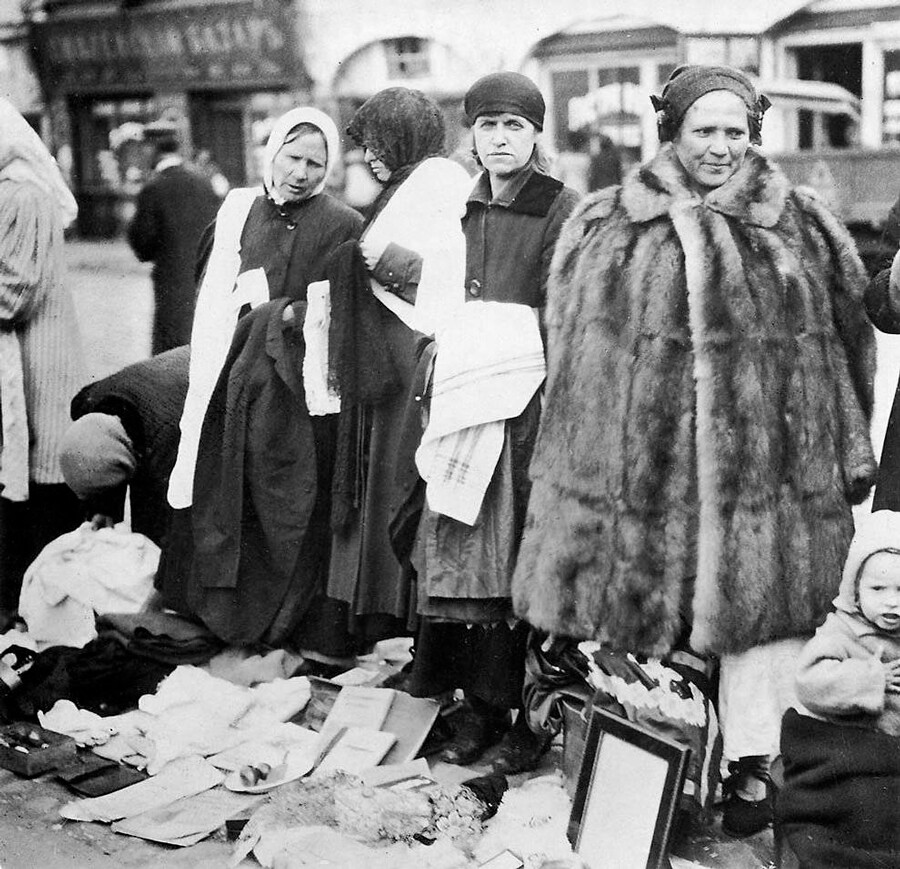
To help Soviet Russia cope with mass hunger, the United States Congress formed a mission called the ‘American Relief Administration’. To supervise the mission’s activity, senator Hiram Johnson and a group of American officials came to Russia. They are pictured below on the Red Square with the leading Bolsheviks, Semyon Budyonny and Mikhail Kalinin.
In May, the British government sent a note of protest to the Bolsheviks, aka ‘Curzon’s Ultimatum’ that caused protests in Soviet Russia. Curzon accused the USSR of pursuing an anti-British policy in Iran and Afghanistan and made a range of political demands, including stopping these actions in the East and stopping religious persecution in the Soviet Union. Despite people calling to stand up to the British capitalists, the Soviet government decided to negotiate with the UK and made concessions.
In 1923, Moscow also hosted the first agricultural exhibition showing technical achievements. In the future, it would turn into the ‘Exhibition of Achievements of the National Economy’ (VDNKh), for which a giant park would be built featuring all the Soviet republics in separate pavilions.
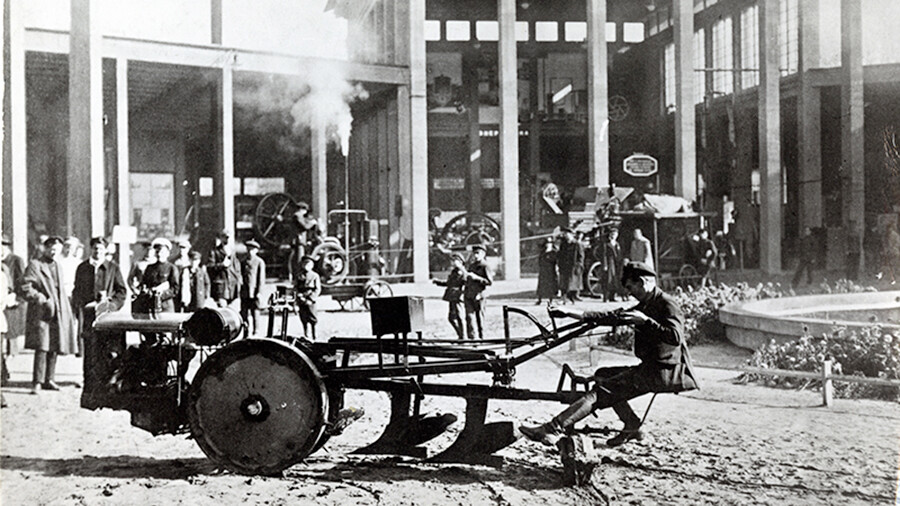
On October 21, 1923, the first plane constructed by legendary Andrei Tupolev, completed its first successful flight. Tupolev ‘ANT-1’ was an experimental aircraft which, for the first time, used metal (aluminum alloy) in its construction.
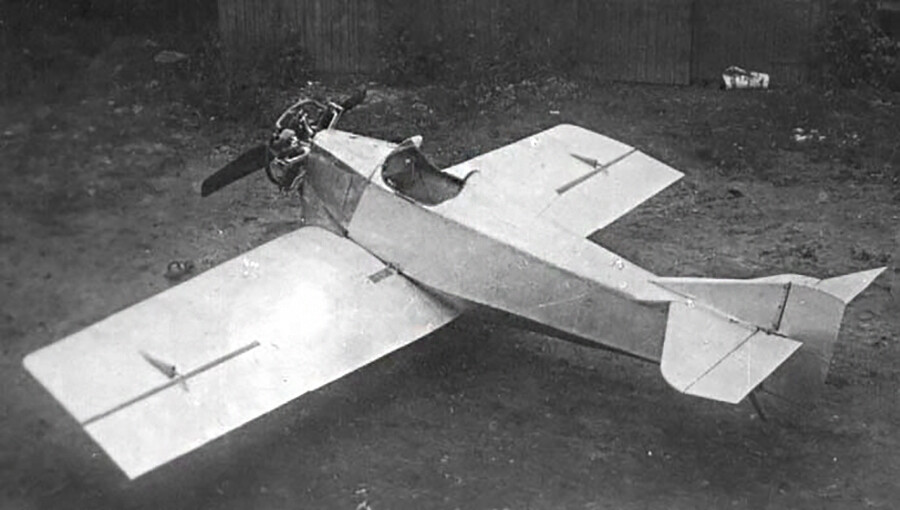
At the same time, in 1923, revolutionary leader Vladimir Lenin was already seriously ill and the power struggle among the Bolsheviks had begun.
One of the most obvious contenders to the leading role in the country was Leon Trotsky, who was one of the main Red Army commanders in the Civil War and, actually, the second person in charge in the country after Lenin (Pictured below with the members of the 12th Party Congress in the Kremlin with Trotsky highlighted).
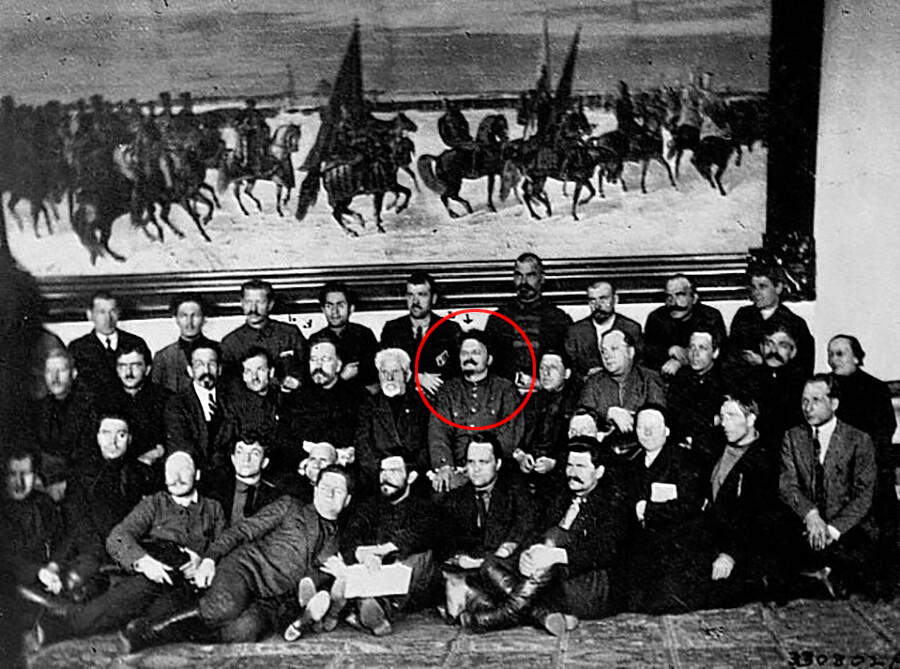
However, Joseph Stalin was seriously looking to take this place and the power (Below, Stalin is pictured with Alexei Rykov, Grigory Zinoviev and Nikolai Bukharin at the 12th Congress of the Party).
The new Soviet state of the early 1920s can be called the country of relative freedom, including sexuality. There was a revolution also in people’s attitude to their bodies and to relations before marriage. Below is just a random scene of Muscovites taking sun baths (and, as you see, many of them are naked). However, this period didn’t last long and by the late 1920s, the USSR turned away from sex.
And here is a portrait of a family spending holidays in Crimea.
Below, stylish employees of the Commerce Chamber on vacation near Petrograd (now St. Petersburg) pose for a group photo.
Dear readers,
Our website and social media accounts are under threat of being restricted or banned, due to the current circumstances. So, to keep up with our latest content, simply do the following:
If using any of Russia Beyond's content, partly or in full, always provide an active hyperlink to the original material.
Subscribe
to our newsletter!
Get the week's best stories straight to your inbox